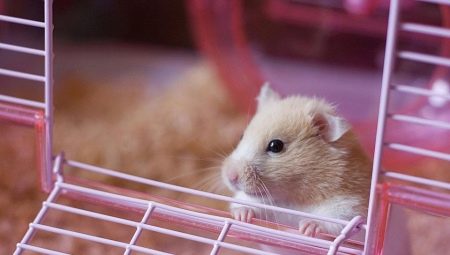Everyone dreams of having their perfect pet. But sometimes, due to some circumstances, getting a cat or dog does not work, you need a small, cute creature. Hamsters fit perfectly into this concept. The small size of such an animal allows you to purchase a relatively small living space for it and put it in a place convenient for you. Each animal requires personal care, daily walks, food, water, as well as cleaning the house.
If everything is clear with the first points, then with the cleaning of the house everything is much more complicated. The main component in the cell, in addition to the drinker and place for food, is the filler. Which one is required, why is it needed, and its varieties we will consider below.
What is it needed for?
In practice, of course, you can do without filler for the tray, but if the animal lives in a cage, it will serve as a kind of rug, the hamster will be warmer, he will not be on a plastic tray all the time, and cleaning the cage will be much easier and more convenient. A hamster is a very small creature, and therefore it is necessary to select a filler based on the size of the animal and the dimensions of the cage.
The main point that you should pay attention to when choosing a filler is how much it absorbs moisture and odor. The litter will also determine how often you clean and clean the cage. Fillers differ not only in size and characteristics, but also in the material from which they are made.
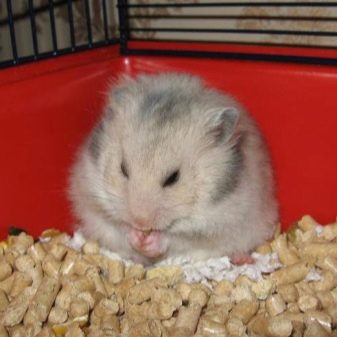
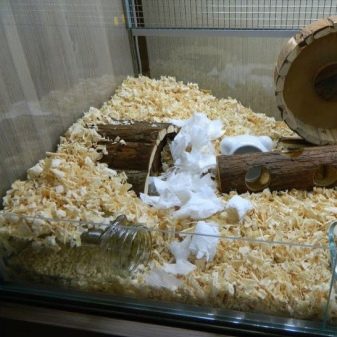
Types of filler
As mentioned earlier, a variety of pet products are now on the market: from toys, a variety of cages and houses to food and medicine. Fillers also have a wide range of items.There are a large number of companies that, for the sake of promoting the presented product, indicate on the label that a particular filler is the best for hamsters. Therefore, for the right choice, you should understand its composition.
The first and most logical option is hay. This is a budget option, hay can be prepared independently, without much labor or expense. Hay is useful in that it mimics the natural environment for a rodent, because everyone knows that in the wild, hamsters live in the steppes, where there is a lot of grass. It turns out that from a hay, a pet will not only equip a home, but will also be able to eat it, because it is environmentally friendly and safe. Due to the fact that the dry grass is very light, it will be convenient for the hamster to dig into it.
There are downsides to using hay as bedding.
- Due to the fact that the hay may be too dry, it may scratch or injure the animal.
- Hay does not always absorb moisture (it depends on the type of grass itself), and if it does not absorb moisture, then, accordingly, does not absorb the smell. In this case, the cell will have to be cleaned every day.
- If you are collecting hay yourself, it is best to process the grass before drying, since dust and dirt can remain on it.
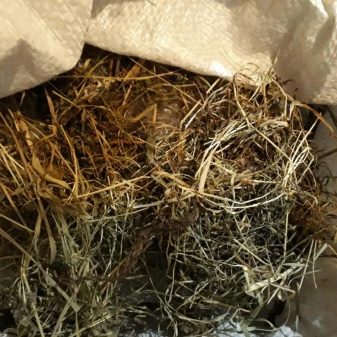
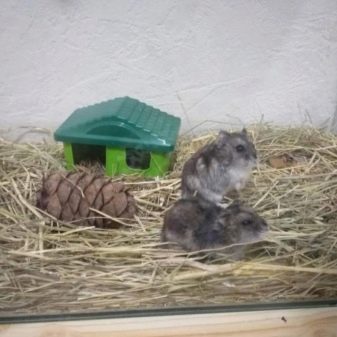
A universal filler suitable for all breeds of hamsters is considered to be sawdust. This is a safe and common option. It is convenient in operation, absorbs moisture and smell, but does not hold it for too long. The cell will have to be cleaned every 3-4 days, which is already better than hay when you have to clean the cell almost every day. Sawdust is harmless to the rodent, but only if he does not try to eat them, because he can hurt his cheeks.
The next drawback is that if your pet's coat is thick, long and shaggy, the sawdust will most likely get tangled in its coat and get stuck there. And this means that the animal will need to be cleaned and washed. Sawdust itself is very light, and if the hamster is very active, then most likely this filler will fly out of the cage, and you will have to clean your house too.
When buying a hamster, you should find out if the animal is allergic to wood. If there is one, the use of sawdust as a bedding should be excluded.
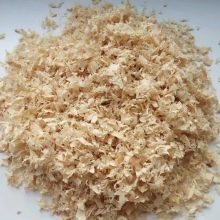
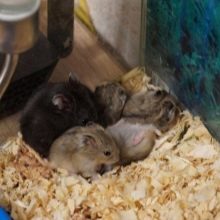
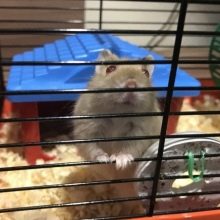
An alternative to simple sawdust will be pressed sawdust or granular. They respond to higher quality and retain moisture and odor for much longer than simple friable sawdust. With these characteristics, the cell will have to be cleaned and washed in about 5-6 days. At a cost they, of course, will be more expensive, but you will be provided with safety and convenience. But this kind of filler is not suitable for the smallest dwarf hamsters. It will be very difficult for an animal to run along such granules.
The positive aspects of using this filler are as follows:
- price is a budget option, if we consider simple filings;
- variety - there are large and small sawdust;
- good moisture absorption;
- ease of cleaning.
Among the disadvantages, the following can be distinguished:
- not suitable for hamsters if they are allergic to wood;
- do not completely absorb the smell;
- due to their light weight, they can fall outside the cell.
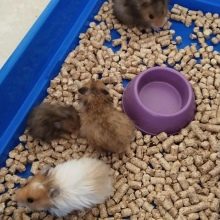
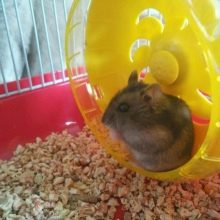
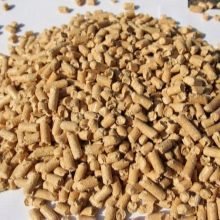
The next common filler is corn. Corn filler is considered ideal for a shaggy animal. The first thing you can encounter when buying this type of filler is its rarity. Due to the fact that it is rare enough, its price is very high. This filler can be purchased only in large cities or to order, via the Internet.
This type of litter has good properties, thanks to which you will not mind the money spent. First of all, it is a good retention of odor and moisture. It turns out that the cell can be washed and cleaned about once every 2 weeks. Moreover, this material is safe.There are no wood components in its composition, which means that the hamster will not get hurt, and nothing will get stuck in his hair.
The filler is suitable for a rodent of any size, even for the smallest - dwarf. It will be easy for the pet to bury itself and hide in the corn filler. But small particles can fly out of the cell.

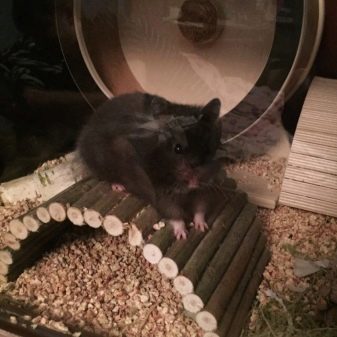
The next filler to pay attention to is flaxseed. In the product specification, it is stated that it will be an ideal option for the hot summer period. Flax lowers the temperature, helps to cool. According to the manufacturers themselves, the product is made from natural ingredients: flax is grown and dried by hand, pressed according to a certain patented technology. Environmentally friendly, hypoallergenic and decomposes without harm to the environment. It absorbs moisture up to 5 times more than its weight, due to this it is very economical.
Due to the fact that such a filler is new on the market, few people know about it and, therefore, there are few reviews about it.
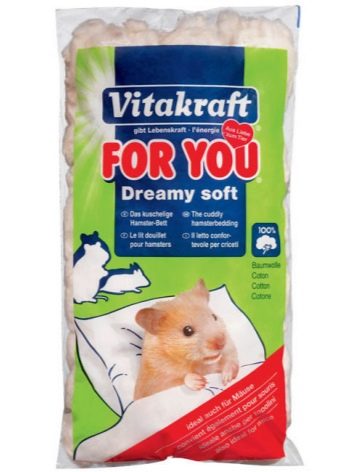

The cellulose filler is suitable for rodents that are allergic to wood. Does not injure the hamsters paws, as well as the skin, does not clog into the coat. It absorbs moisture well, but does not hold it completely, it turns out that the cell will have to be washed approximately once every 2 days. Suitable for any hamsters.
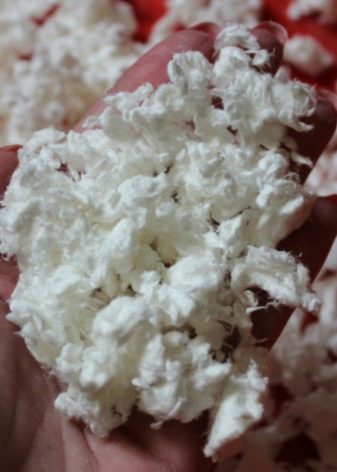
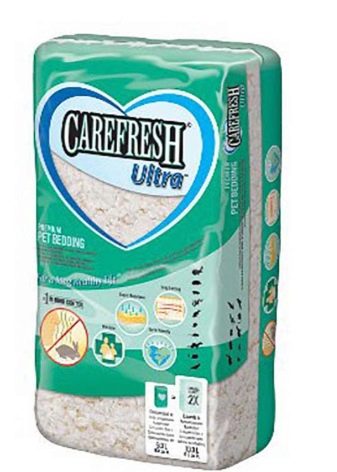
Do it yourself
Most likely, they asked themselves, is it possible to make flooring for a hamster on their own? Of course, you can, most importantly, that everything is safe. The first thing that comes to mind is paper napkins. They can be used as an alternative to wood fillers. They can be attributed to cellulosic fillers. The main thing is that such napkins should be without a pattern, smell, ordinary white. The hamster will be able to independently tear apart compliant paper and "build" a house for himself. Unfortunately, the material consumption will be very large.
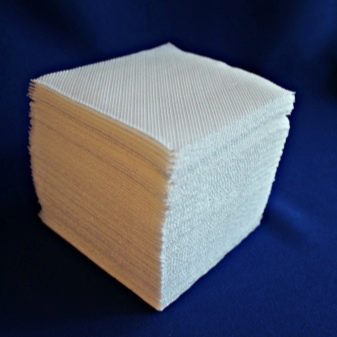
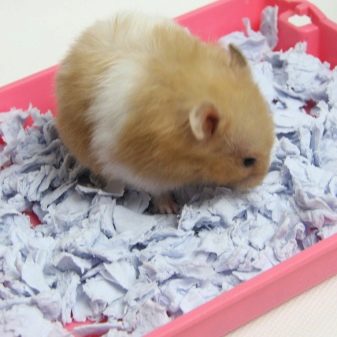
Vata is definitely a controversial option, so it is chosen at your own peril and risk. If you look from the point of view of absorbed moisture, then cotton wool, no doubt, absorbs moisture faster than others, but the smell does not hold at all. Another minus is that cotton wool is made of fibers, because of which the rodent can become tangled and damage the legs.
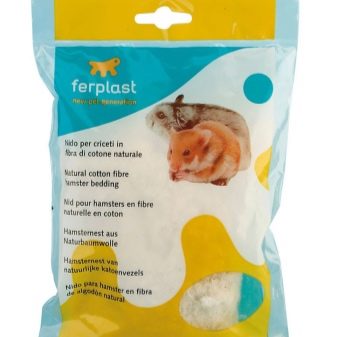
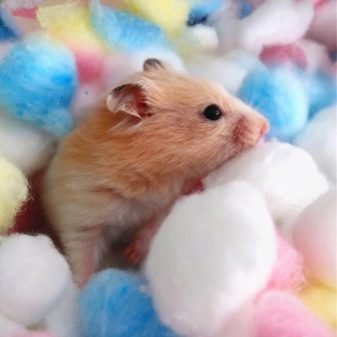
Do not use a newspaper as a filler. And not because the newspaper does not hold moisture. The fact is that The newspaper may be toxic to the rodent. Indeed, the smell of printing ink remains on paper, and after getting wet it becomes even more noticeable, so the hamster is unlikely to want to be in such a cage for hours until the owner deigns to wash the cage.
The newspaper quickly gets wet from moisture, so you have to clean the cage every day. And it doesn’t matter that the layer of newspapers is thick. The hamster will simply be uncomfortable, and the smell will increase every time.
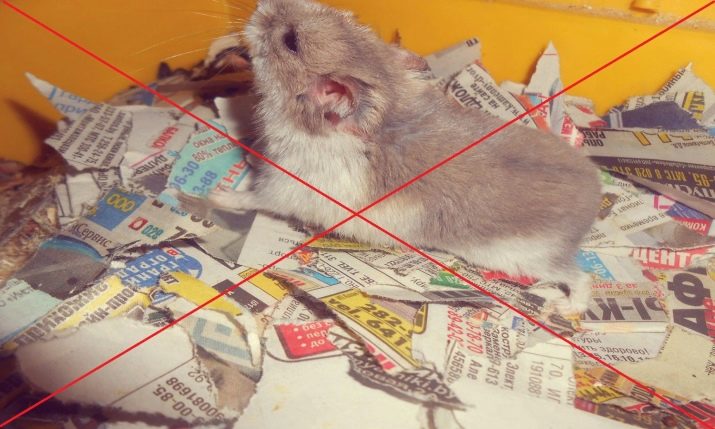
Wet paper does not clean well, you will have to make an effort to rinse the cage.
For information on which filler to choose for hamsters, see the next video.
